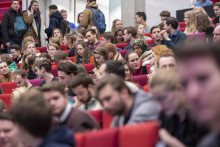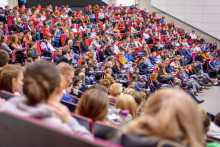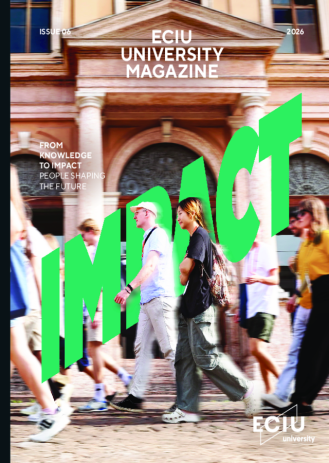'Prohibition of intoxicating drinks except for medicinal use,' enshrined as one of the directive principles of state policy, is apparently a growing anachronism in the present times of Indian liberalization. Considered taboo, especially among the middle class, the phenomenon of partying with alcohol is steadily gathering steam in various cross-sections of the diverse societal hierarchies. Known as madira in ancient times, it was the prerogative of the kings and his courtesans to relish the kick of alcohol. Over time, the habit trickled down to the socially and economically backward levels of the society.
The first few decades, following emancipation from British rule, witnessed a nation that was struggling hard to piece itself together on all fronts, be it economic, political or social. Alcohol in any form (liquor, wine, beer) was a luxury item as the average Indian was barely able to make ends meet. Additionally, the generation that grew up in this period had strong religious reservations about alcoholism. However, in post -globalization, the scenario is diametrically opposite. Many contemporary Indians have untethered themselves from religious bindings and seem to harbor liberal views regarding liquor intake. The significance of alcohol, quite surprisingly, is class-specific; for the elite, it is a prestige issue; for the middle-class, it represents (pseudo) modernity and sophistication; for the backward class, it is an antidote to obviate the thoughts of social and economic deprivations and wallow in utopian euphoria.
Bagpiper, Sandpiper, McDowell, Smirnoff, Shaw Wallace, Old Tavern, Seagram, Whyte & Mackay, Director's Special, Gilbey and Kingfisher are some of the brands flourishing in the Indian liquor market. The government's decision to cut the duty on liquor imports (2002-2003) has reinvigorated the liquor business. The paradigm shift in the policy of the government stems from the fact that alcohol contributes to over 10 percent of total state tax revenues. Recent studies revealed that about 20 percent of Indian people consume alcohol and in the past two decades, the number of drinkers has increased from one in 300 to one in 20. Advertising and peer pressure are some of the factors that have been conducive to this trend. The celebration of festivals like Diwali (the festival of lights) and Holi (the festival of colors ) with champagne, whiskey and rum is indicative of the percolation of alcoholism in the culture. However, it is worth mentioning that the women of India remain reluctant to indulge in this overwhelmingly male pastime.
Notwithstanding the emerging propensity towards alcohol intake, the piece de resistance that characterizes Indian hospitality remains tantalizing tea in north India or aromatic coffee in south India. These beverages reserve the unchallenged distinction of helpingmany Indians begin the day with a kick. There is a long way to go, before beer or whiskey become prominent parts of Indian culture. For the moment, it's tea or coffee. Guests awaited!







